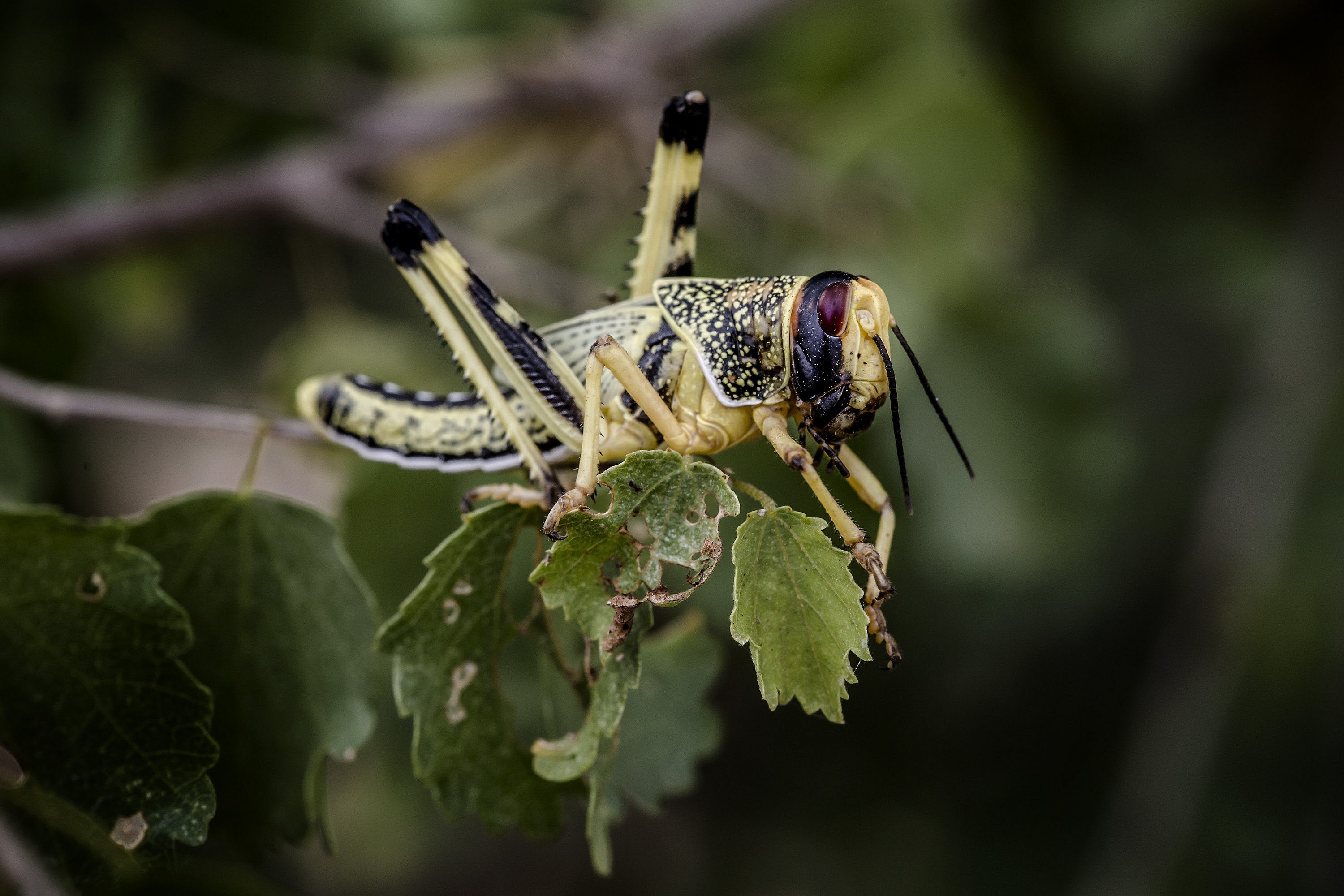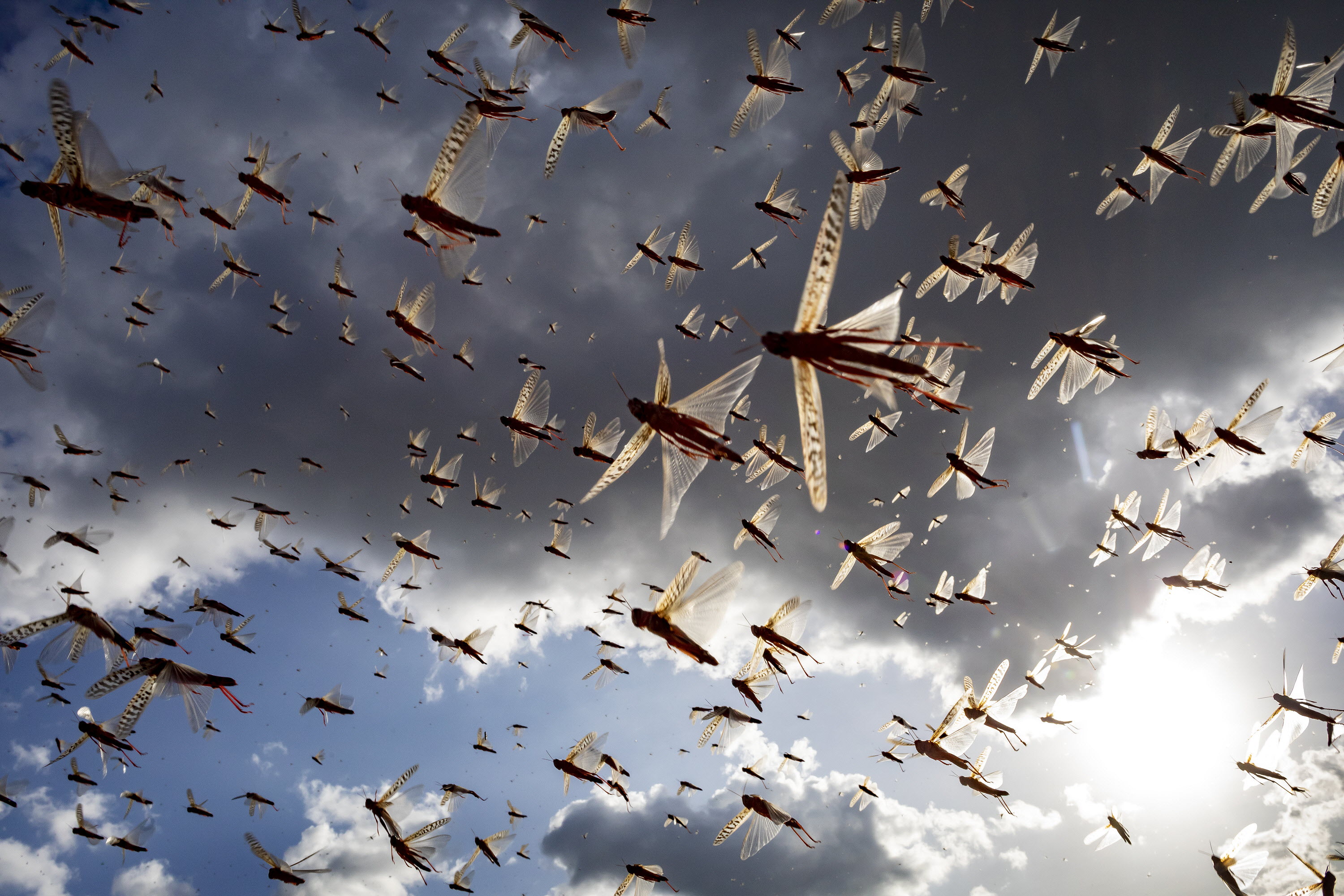5 December 2023: Central Region outbreaks

Key points
- Current situation (breeding): Saudi Arabia, Sudan, Yemen.
- Current situation: The summer season has nearly finished in the northern Sahel from Mauritania to Sudan; the winter season is starting on the Red Sea and the Gulf of Aden coasts.
- Control: operations in Saudi Arabia, Sudan, Yemen.
- November–February: above normal rains in winter breeding areas for small-scale breeding in the Red Sea and the Gulf of Aden coasts (Egypt, Eritrea, Saudi Arabia, Somalia, Sudan, Yemen).
Central Region outbreaks in November.
Four local Desert Locust outbreaks developed during November.
The winter season started earlier than normal this year along the Red Sea and Gulf of Aden coasts due to the Indian Ocean Dipole and El Niño in the Horn of Africa. A few swarms laid in Sudan and Somalia while groups occurred in Eritrea and Saudi Arabia. Hatching started and hopper groups and bands increased during the breeding in Sudan, Eritrea, Somalia, and Saudi Arabia where control was done. Yemen had some hoppers and adults while Egypt had a few adults. In the Western Region, low numbers of adults were seen in Mauritania, Niger, Western Sahara, and Algeria.
During the forecast, breeding will cause locusts to increase during the first generation along the Red Sea and Gulf of Aden coasts from December and January. The latest weather models predict more rain than normal along both sides of the Gulf of Aden and perhaps the southern Red Sea coast, but the northern Red Sea coast is uncertain. Nevertheless, a second generation of breeding is expected from late January to April which would cause locust numbers to increase further with more groups, bands, and some swarms to form. Control operations should continue.
No significant development is likely in the Western and Eastern Regions.



